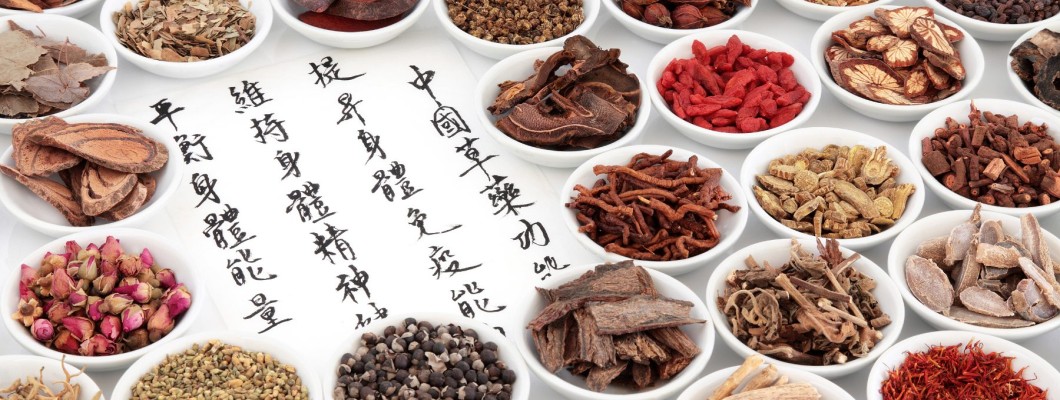
History of Chinese Herbal Medicine
Chinese herbal medicine has a long historical tradition, although it is not quite as ancient as popularly believed. Ancient herbology in China focused on potions whose function was part medicinal and part magical, and it lacked a substantial theoretical base. Sometime between the second century B.C.E. and the second century A.D., the theoretical foundations of traditional Chinese medicine were laid, but the focus was more on acupuncture than on herbs. 1 Only by about the 12th century A.D.
were the deeper principles of Chinese medicine fully applied to herbal treatment, forming a method that can be called TCHM. This was further refined and elaborated during various periods of active theorizing in the 14th through the 19th centuries. Western disease concepts entered the picture in the 20th century, leading to further changes.
In China today, TCHM is used alongside conventional pharmaceutical treatment. Considerable attempts have been made to subject TCHM to scientific evaluation; however, most of the published Chinese studies on the subject fall far short of current scientific standards. (For example, they generally lack a placebo group.)
In neighboring Japan, a variation of the TCHM system known as Kampo has become popular, and the Japanese Health Ministry has approved many Kampo remedies for medical use. The scientific basis for these remedies remains incomplete, but several studies of minimally acceptable quality have been reported.
Responsive Picture
.jpg)
CHINESE HERBAL TEA CLEAR THE LIVER AND IMPROVE EYESIGHT AND DETOXIFY HERBAL TEA HERBS HERBAL
Efficacy: cleans the liver, improves vision, removes heat and toxins, dehumidifies, treats body heat and toxin inflammation, reduces calories
Weight: 4-5 people
Water volume: about 1.5 liters bottle of mineral water (2000 ml water) remind me if it is too thick, you can add some hot water
Time: Simmer for an hour, add rock sugar, cane sugar, bee sugar and brown sugar to taste and enjoy








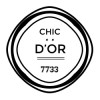

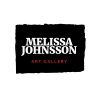

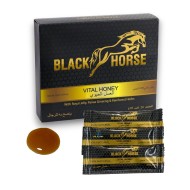
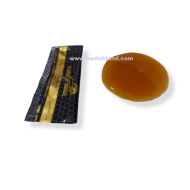
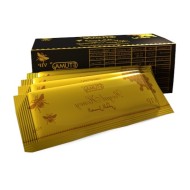
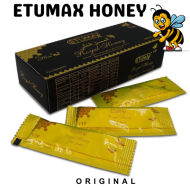

-190x190w.JPG)
Leave a Comment